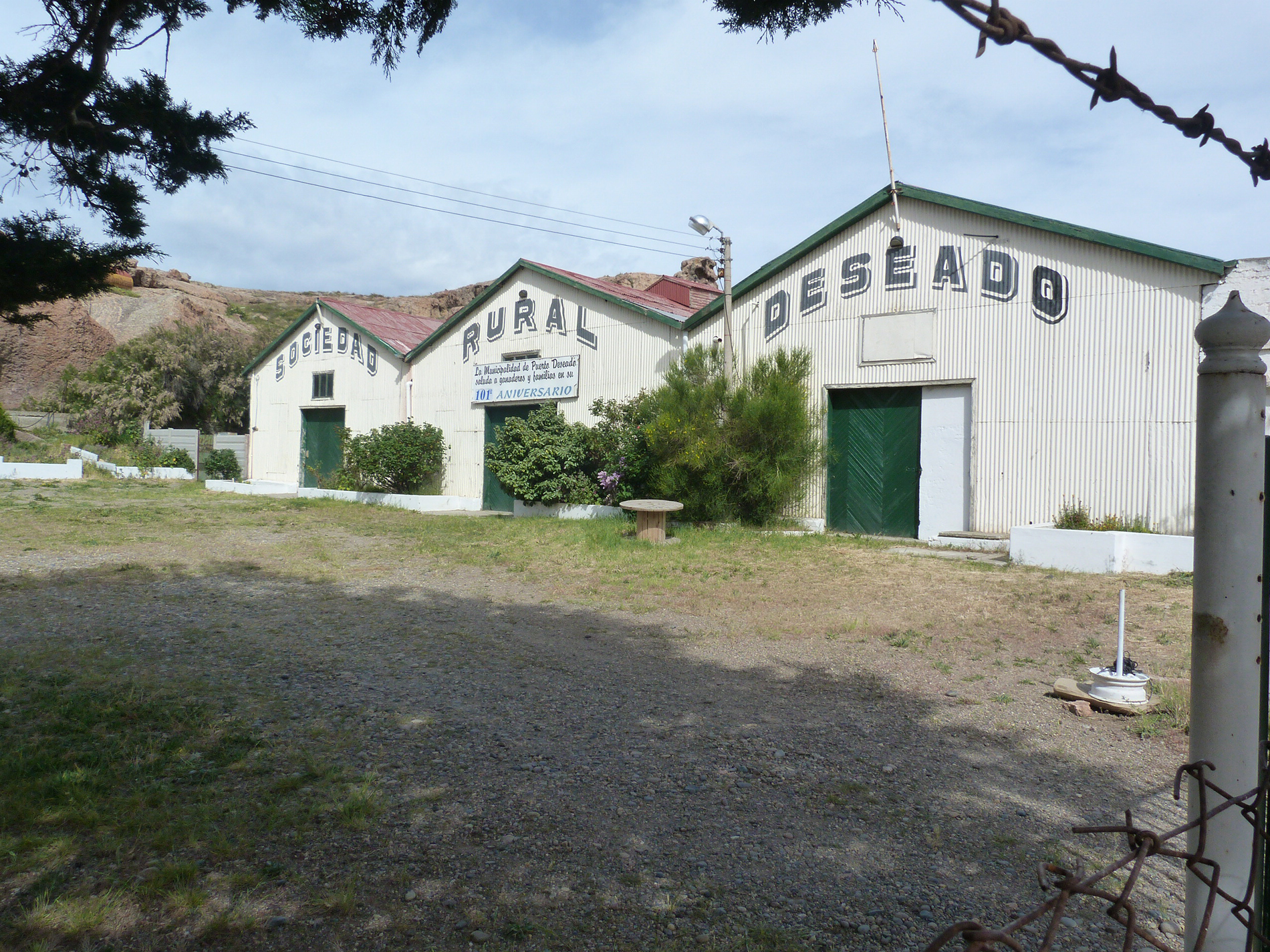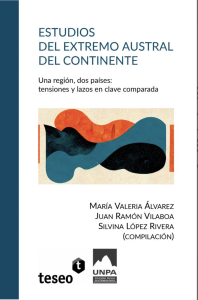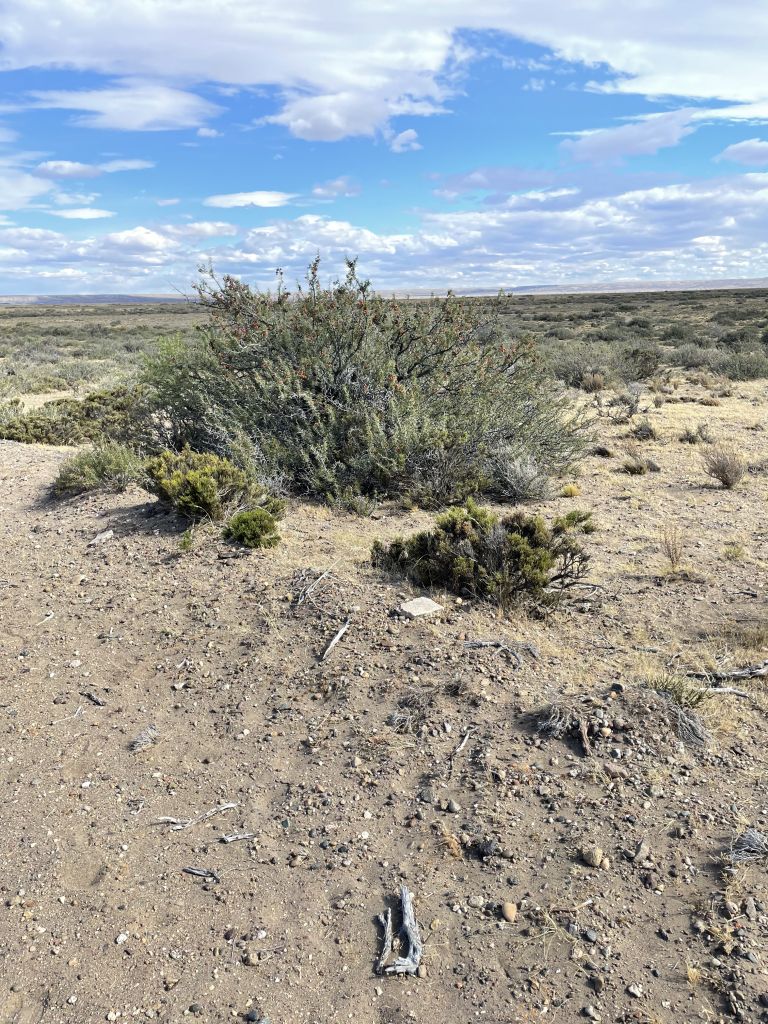
This is the English language version of the chapter included in ‘Estudios Del Extremo Austral Del Continente’ published by the National University of the Patagonia San Juan Bosco.
Emigration from Caithness to Patagonia, required a degree of initiative. It was not the most obvious destination, so it must have been a considered choice. The most common emigration routes were to Canada, Australia, and New Zealand. Scottish emigration to non-English speaking regions was comparatively fewer.
However, numbers of Caithness men and women left for Patagonia in the late 19th and early 20th centuries and ultimately many of them became part of an extended family and chain migration system. Brothers followed brothers, sons followed fathers, cousins followed cousins and workers were employed by Caithness men already in Patagonia. The women followed as sisters and wives.


The following Caithness surnames continue in Patagonia – Hamilton, Bain, McPherson, Cormack, Nicolson, Oman, Earsman, Barnetson, MacLeod, Harper, and MacKay.
Emigration from Scotland has persisted for ever. People left Scotland for many reasons – commercial, intellectual, military, employment, health, religion, and some of this was self-decided, while for others it was forced.
It is quoted that Patagonia was “suitable only for Scotsmen and sheep”, and those early Caithness pioneers accepted the challenge. Some became successful Patagonian sheep farmers. Others found the environment and the lifestyle difficult and returned home.
Over the following weeks we will seek to describe aspects of life in Caithness which may have either encouraged or forced men (and women) to take their chances in a land literally at the other end of the world.
In total we have identified around 60 Caithness men and women who made their way to Patagonia “During the period 1870 to 1890, British Citizens accounted for one fifth of all immigrants resident Patagonia’
It will also consider why some succeeded and thrived while others returned to that land they had left behind.
